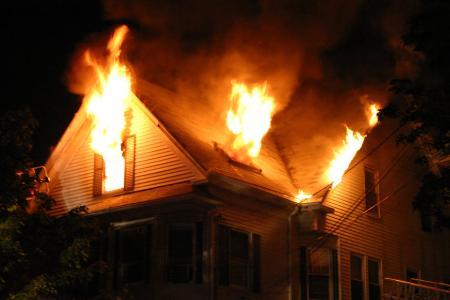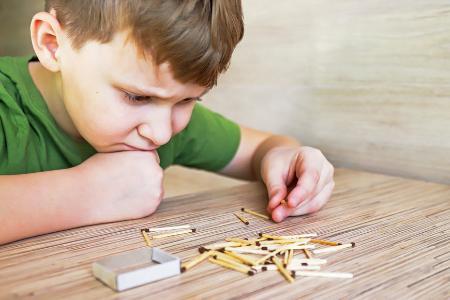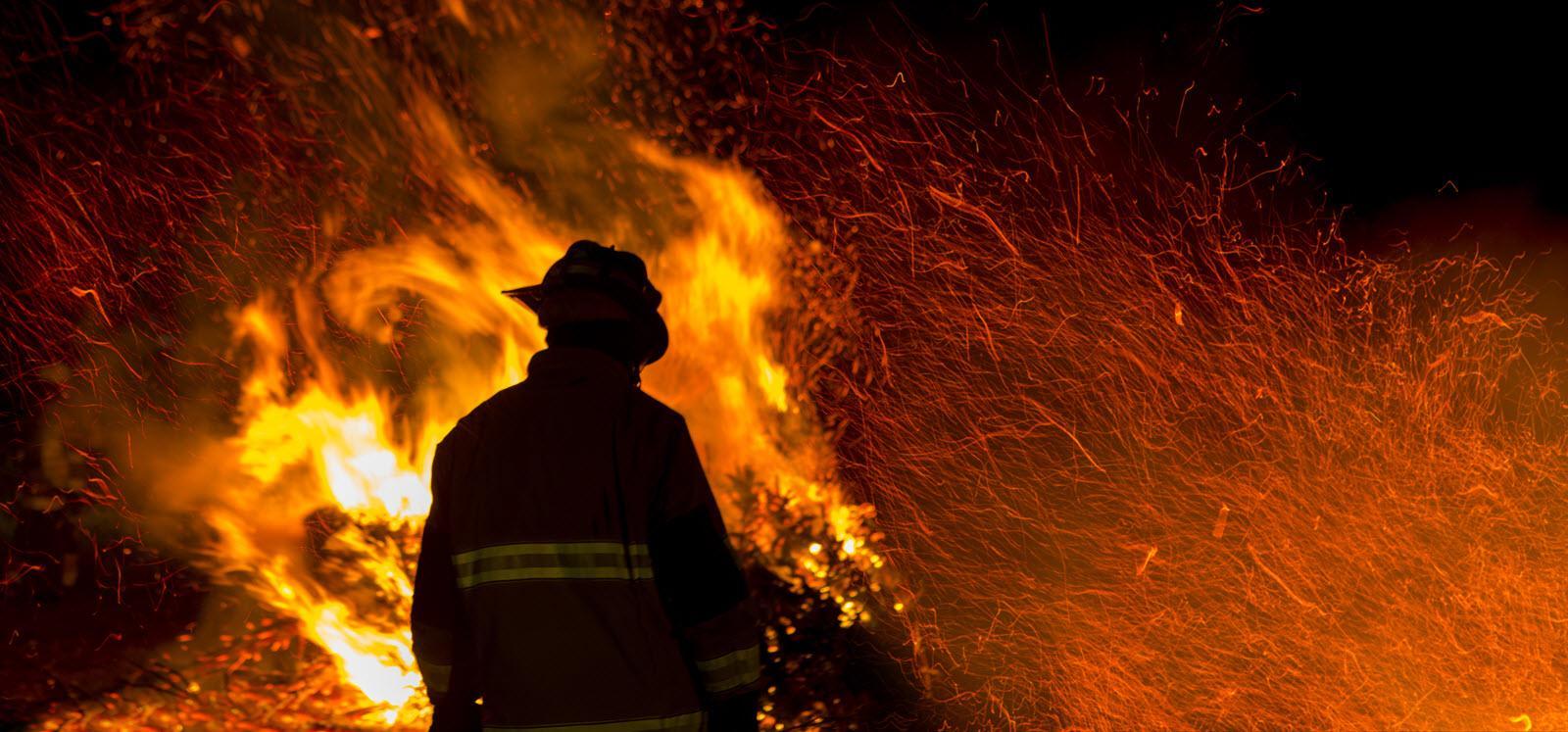House fires

Common causes of fire deaths
- Smoking is the leading cause of fire deaths.
- Alcohol use contributes to 40% of residential fire deaths.
- Cooking is the number one cause of residential fires.
- Not having smoke alarms causes about half of fire deaths in a home.



